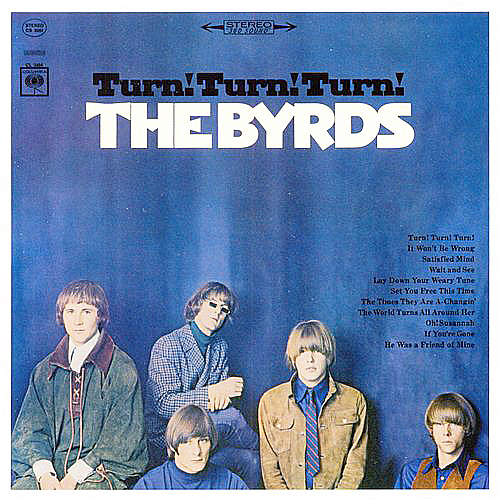For those who remember the iconic hit song from 1959 by Pete Seeger — made famous by the Byrds in 1965, Turn! Turn! Turn! – you may not know that the lyrics date back 2,000 some years! In fact, they are biblical: from Ecclesiastes 3:1-8.
The gist of the song was to attribute seasons to several series of opposing actions: “A time to be born, a time to die; a time to plant, a time to reap….” Some say Seeger saw the words as calling out for a transition from one thing to another.

In the HVAC universe, we are in a transitional “season” of our own.
That season involves the phasedown of HFC refrigerants and replacing them with “lightly flammable” A2L refrigerants. We are at the early stages of this transition, but there are already some concerns — specifically for contractors.
Since May 2021, the U.S. Environmental Protection Agency (EPA) has approved the use of A2L refrigerants in residential and light commercial air conditioning applications. These chemicals are already used in window units and PTACs (packaged terminal air conditioning) since 2015 and chillers since 2012.
It’s only a matter of time before the A2L refrigerants will replace their HFC cousins in the broader residential HVAC marketplace. With the EPA goal of reducing HFC consumption by 85% over the next 15 years, it’s more important than ever to pay attention to the potential season of changes facing the HVAC marketplace.
Safety first
Yes, A2Ls are somewhat flammable. But according to the EPA and other industry sources, A2L refrigerants don’t ignite easily. They have a slow or lower flame speed and low heat of combustion. Still, contractors and others in the HVAC supply chain will most likely need to wear protective gear when handling these refrigerants, and they will need training on how to reduce risks associated with them.
Also in the safety category is how contractors transport refrigerants to job sites. Gone is the season of storing refrigerant tanks horizontally on service and installation vehicles.
Because A2Ls are lightly flammable, they must be stored and transported upright. This means costs for retrofitting vehicles to handle tanks properly. Furthermore, the Department of Transportation may require signage on trucks indicating there is flammable compressed gas on board.
System Performance
Then there is the high-performance HVAC aspect of how A2L refrigerants will be affected by system airflow, static pressure, and more. We may need to look at potential changes in how we test and measure not only the refrigerant lines themselves, but all the other factors that impact proper refrigerant charging.
We need to better understand how equipment charged with A2Ls impacts overall system performance (including ductwork).
One more thought: will A2L refrigerants require different test instruments? As National Comfort Institute’s David Holt says, “With HVAC components becoming more specialized, having the proper tool at hand for a given service has never been more critical.”
Be sure to stay on top of what is happening regarding the HFC phasedown and the move to A2Ls in this season of change. If you have customers with older equipment running on high GWP (Global Warming Potential) refrigerants, such as R-410A, you may want to educate them on upcoming refrigerant options.
Being proactive with your business and your customers today can help set you apart from the competition.
This is the season for change. And as Seeger wrote, it’s time to “Turn! Turn! Turn!”













Recent Comments